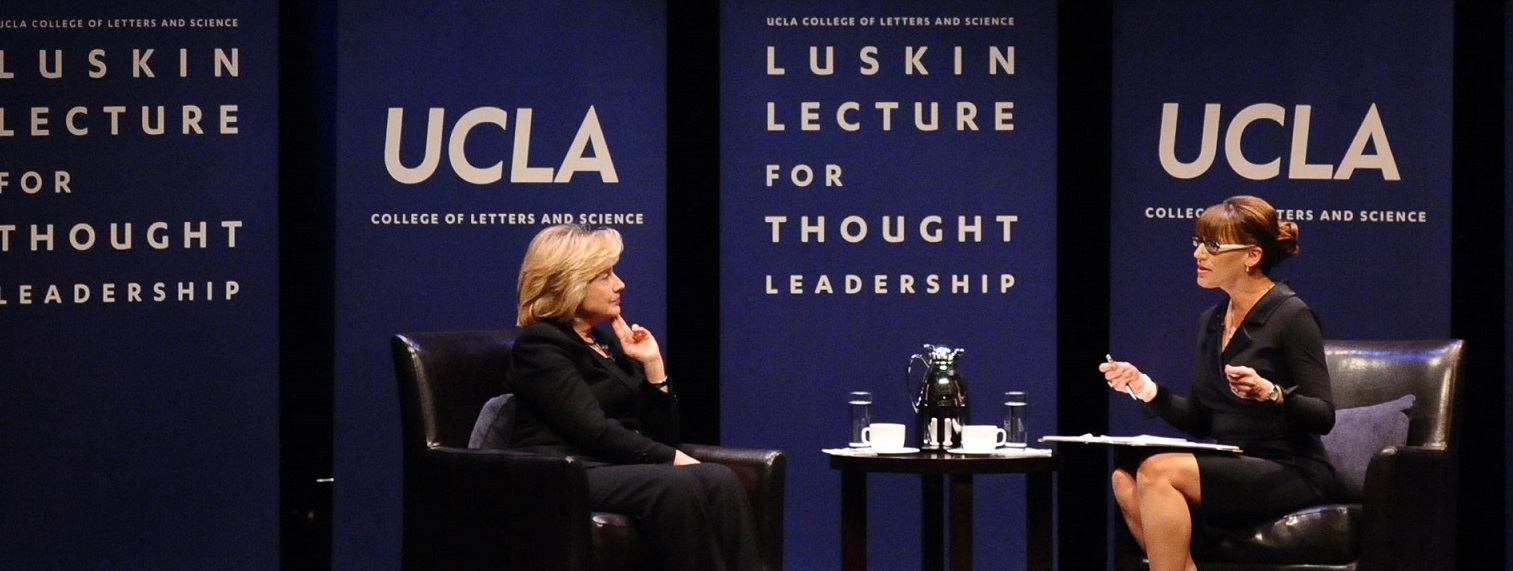
UCLA研究人员成功地开发了一种可注射式的凝胶,该凝胶能够促进皮肤上的伤口快速愈合,组织再生。
UCLA Henry Samueli工程和应用科学学院的研究人员开发了一种能够帮助皮肤伤口快速愈合的可注射的水凝胶。这种新材料能够创建一种即时的支撑让新组织成功攀附在上面并在凝胶相连的球体间形成的腔内生长。
该研究今天在《自然材料》杂志网络版上在线公布。该研究由首席研究员,生物工程教授Dino Di Carlo,化学和生物分子工程副教授Tatiana Segura,还有共同撰稿人Westbrook weaver和Donald Griffin,都是博士后研究员。
医生在治疗皮肤伤口的时候总是尽量是伤口保持湿润,因为干燥的伤口比湿的恢复得慢。为了使伤口保持湿润,他们通常使用水凝胶敷料、薄膜闭合或是遮盖伤口。此外,他们也尝试把药剂像往洞穴里填沥青一样作用于伤口处。然而,没有一种方法能够提供最好的支撑让新的组织在降解时生长。结果,新组织生长缓慢且十分脆弱。
“开发一种生物材料来促进组织快速再生,同时结构坚固,一直以来都是组织工程领域中的圣杯。”Di Carlo说,“我们团队结合定制材料化学结构和均匀球形建筑拼块的微流体塑型研发出了可注射制剂,每一个直径约为人类发丝的大小”
“我们的技术简单完美,它利用任何可用的化学元素来产生细小的凝胶,这样的凝胶才能被吸入一个大的个体中,为细胞渗透留出空间”Segura说。
结果,一簇微型合成物球体附着在它的表面,就像一罐口香糖黏在一起一样。继而创建一个微孔退火粒子支撑或者说MAP凝胶,填充在伤口处。新的组织会在微型球体之间的空洞中快速生长,当球体在身体中分解,新长出的组织基质将会留在曾经的伤口处。新的组织会继续生长,直到伤口完全愈合。
“MAP凝胶的魅力在于它不像其他科技需要其他的成长因素将细胞引入材料中,”Weaver说,“MAP凝胶网络的几何学体现了细胞能够不需细胞粘附肽之外的外加助力就能稳定地粘附在凝胶上。”
研究人员解释道,MAP凝胶能够迅速促进新细胞的生长以及相连细胞网的形成。在活体试验中,研究人员观察到组织细胞在首个48小时里的显著生长,前五天的恢复速度远优于现有材料。“我们认为这个材料适用于大范围的伤口治疗,包括急性损伤(撕裂伤,外口手术闭合),长期伤口(糖尿病溃疡,大面积烧伤)”Griffin说。他指出水凝胶支撑同样适用外伤情况,如战场或是急救室。
Philip scumpia博士是UCLA David Geffen医学院皮肤医学和皮肤病理学临床导师,他是这篇论文的合著者之一。
该研究是由国家健康协会资助的。Griffin和weaver分别于2011年、2013年从UCLA工程学院获得他们的博士学位。两人和顾问团正着手将这项技术商业化。
UCLA researchers have developed an injectable gel that promotes faster healing and tissue regeneration in skin wounds.
Researchers from the UCLA Henry Samueli School of Engineering and Applied Science have developed an injectable hydrogel that helps skin wounds heal more quickly. The material creates an instant scaffold that allows new tissue to latch on and grow within the cavities formed between linked spheres of gel.
The research was published online today in the journal Nature Materials. The study was led by co-principal investigators Dino Di Carlo, professor of bioengineering, and Tatiana Segura, associate professor of chemical and biomolecular engineering; and co-lead authors Donald Griffin and Westbrook Weaver, both postdoctoral scholars.
Doctors treating skin wounds try to keep the area moist because dry wounds heal much more slowly than wet ones. To accomplish this, they often use topically applied hydrogel dressings or films, to seal over or cap the wound and provide moisture. In other cases, ointments are used to fill in the wound, much like filling a pothole with new asphalt. However, none of these materials provide an optimal scaffold to allow new tissue to grow as they degrade. As a result, the new tissue growth is relatively slow and fragile.
“Achieving a biomaterial that promotes rapid regeneration while maintaining structural support has been a holy grail in the field of tissue engineering,” Di Carlo said. “Our team has achieved this in an injectable form by combining tailored material chemistry and microfluidic fabrication of uniform spherical building blocks, each about the width of a human hair.”
“Our technology is beautifully simple, as it utilizes any available chemistry to generate tiny gels that can be assembled into a large unit, leaving behind a path for cellular infiltration,” Segura said.
The result is a packed cluster of microscopic synthetic polymer spheres attached at their surfaces, something like a jar of gumballs that are stuck together. The cluster creates a scaffold of microporous annealed particles, or a MAP gel, that fills in the wound. New tissue quickly grows into the voids between the microspheres, and as the spheres degrade into the body, a matrix of newly grown tissue is left where the wound once was. New tissue continues growing until the wound is completely healed.
“The beauty of the MAP gel is that there are no other added growth factors that other technologies require to attract cells into the material,” Weaver said. “The geometry of the MAP gel networks entices cells to migrate into the gel without the need for anything other than a cell adhesive peptide, so that the cells can grab onto the gels.”
The researchers demonstrated the MAP gel can promote the growth of new cells and formation of networks of connected cells at previously unseen rates. During in vivo tests, the researchers observed significant tissue regeneration in the first 48 hours, with much more healing over five days compared to materials in use today. “We envision this material being useful for a wide range of wound applications, from acute damage, like lacerations and surgical wound closures, to more chronic applications like diabetic ulcers and large-area burn wounds,” Griffin said. He noted the hydrogel scaffolds could be useful in trauma situations, such as battlefields or emergency rooms.
Dr. Philip Scumpia, a clinical instructor of dermatology and dermatopathology at the David Geffen School of Medicine at UCLA, was also a co-author on the paper.
The research was supported by the National Institutes of Health. Griffin and Weaver received their doctoral degrees from UCLA Engineering in 2011 and 2013, respectively. The two of them, along with the faculty advisers, are looking to commercialize the technology.




